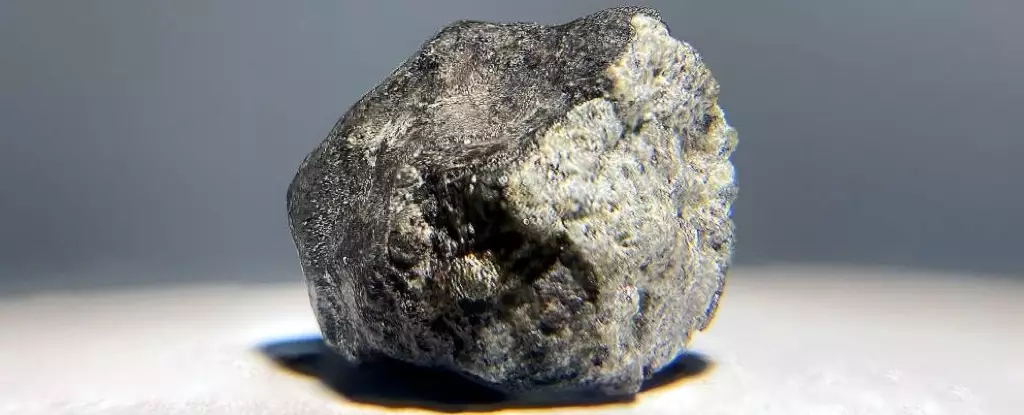For centuries, meteorites have captivated humanity’s imagination, embodying the mysteries of outer space. Recent groundbreaking studies reveal that for the first time, scientists have made significant advances in identifying the origins of over 90 percent of meteorites that fall to Earth. Understanding the parent bodies of these space rocks not only informs us about their composition but also narrates the dynamic history of the Solar System. A collaborative effort led by researchers from esteemed institutions such as the French National Centre for Scientific Research and the European Southern Observatory has united diverse expertise to delve deep into meteoritic lineage.
Meteorites primarily fall into two categories: H (high iron) and L (low iron) chondrites, which are responsible for approximately 70 percent of meteorite finds on Earth. These chondrites comprise minute particles known as chondrules, formed by the rapid cooling of molten materials, and their predominant shared materials hint at a collective origin. The pivotal studies trace these meteorites back to three primary asteroid families located in the main asteroid belt: Massalia, Karin, and Koronis. This revelation narrows the cosmic lineage of meteorites, suggesting that the majority hail from relatively recent cosmic events—notably impactful collisions that fragmented these asteroidal family trees.
Among the most intriguing findings of the research teams was the identification of dates surrounding catastrophic events in the Massalia, Karin, and Koronis families. The Massalia family’s collision history includes significant events dating back 466 million and 40 million years ago, while the Karin and Koronis families indicate more recency with collisions occurring approximately 5.8 and 7.6 million years ago, respectively. Such temporal anchors provide insight not only into the meteorites’ origins but also into the geological and cosmic history that underpins their formation.
The studies leveraged diverse tools, such as cosmic-ray exposure age measurements and orbital analysis of meteorites, to authenticate their findings. This multifaceted approach reinforces the hypothesis that many meteorites reaching Earth in contemporary contexts stem from a limited number of asteroid families. Furthermore, these recent impacts serve as a beacon of understanding, illuminating how material from these asteriods transitioned into meteoritic form before their terrestrial arrival.
Asteroid families are dynamic entities that evolve through continual impact events. When collisions occur, they generate countless fragments that may escape the gravitational confines of their parent bodies. This fragmentation creates ample opportunities for smaller pieces to break free and delve into the inner Solar System—ultimately leading to meteorite showers that grace our planet’s atmosphere. Thus, understanding these mechanisms is crucial for anticipating future interactions between asteroids and Earth.
Additionally, studying other less prevalent meteorites has expanded the researchers’ findings beyond H and L chondrites, incorporating contributions from families like Veritas, Polana, and Eos. This broadened perspective enhances our collective understanding of the Solar System, emphasizing that many meteorite types possess a shared origin, deeply interlinked with specific cosmic histories.
The insights garnered from these studies can greatly influence the field of astronomy, providing a clearer lens through which scientists can explore the evolutionary narrative of the Solar System. As researchers continue to observe and chart meteoritic origins, the knowledge gained will benefit not only our understanding of the past but also our capacity to predict future interactions of celestial entities.
As excitement mounts over these findings, the scientific community is renewed in its pursuit to uncover the secrets locked within our cosmos. Each meteorite that falls is a history lesson, a cosmic artifact waiting to reveal its story. It is this relentless quest for knowledge that propels astronomers forward, forging paths into the unknown as they seek to map the intricate tapestry of our universe.


Leave a Reply